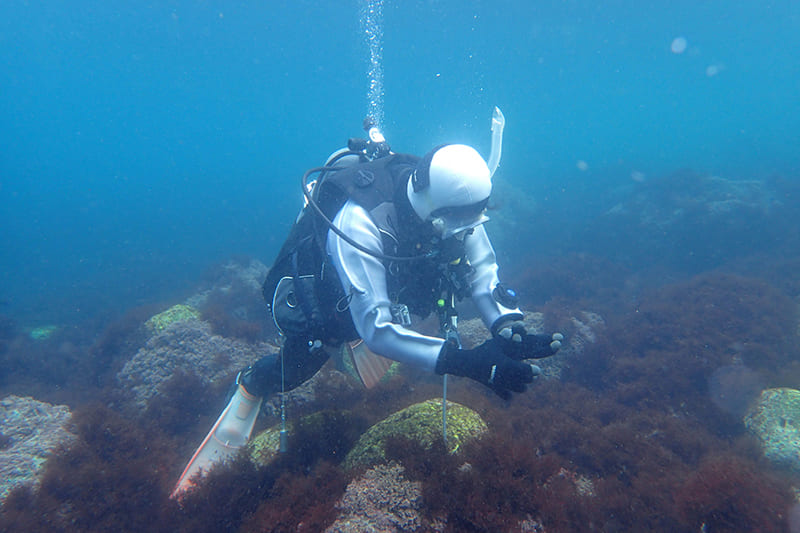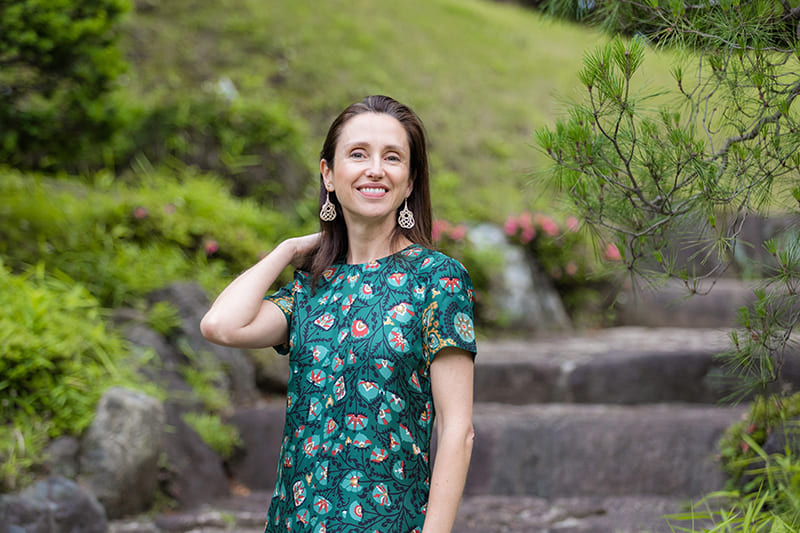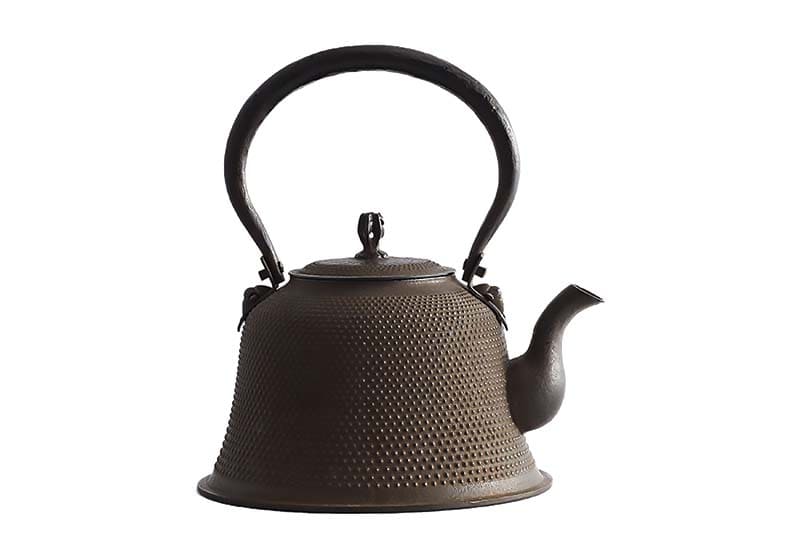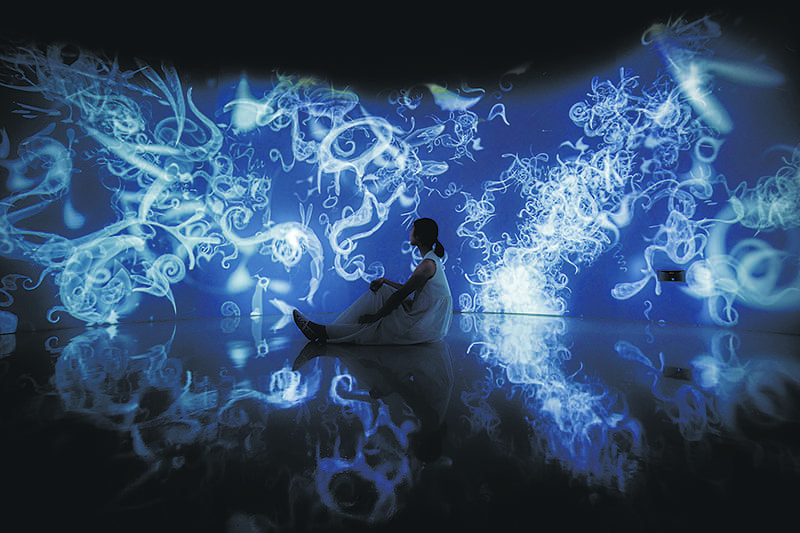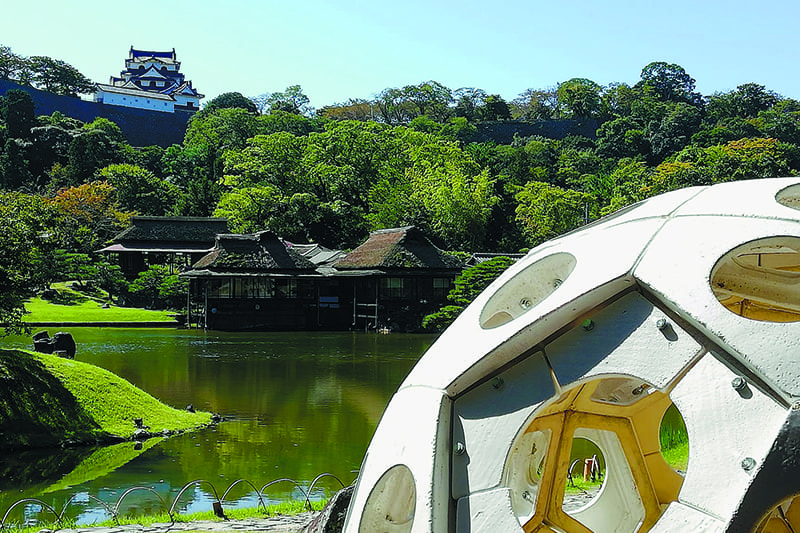August 30, 2024
Project focuses on harvesting ‘fields of the sea’
SUSTAINABLE DINING
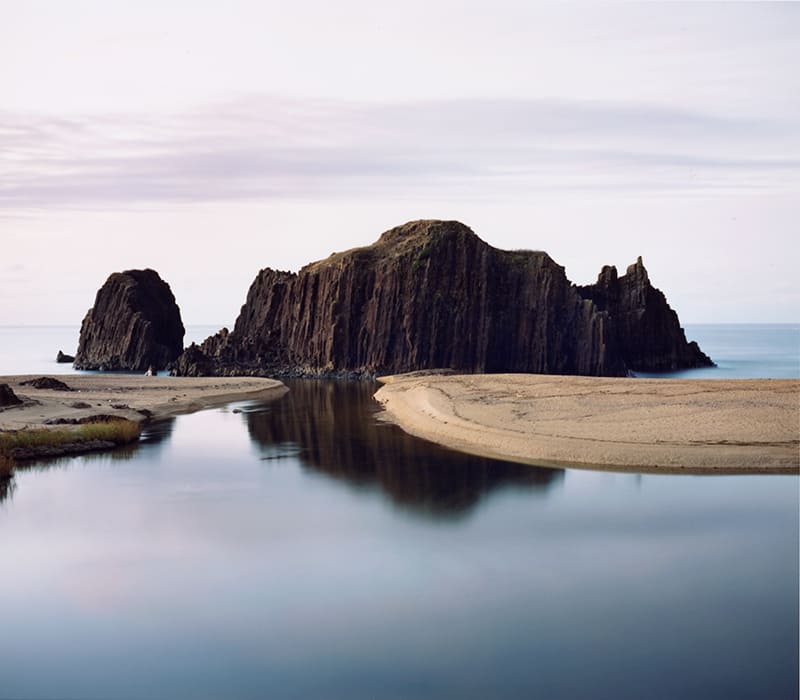
PHOTO: NAOYA HATAKEYAMA
Have you heard of the nonprofit organization Tomorrow, which runs cultural activities focused on art, crafts and architecture? Its president, Kayo Tokuda, worked for many years as a curator on Naoshima, the famed “art island” in the Seto Inland Sea. Tomorrow’s board of directors includes the Pritzker Prize-winning architect Ryue Nishizawa, and its advisory committee includes Soichiro Fukutake, the honorary chairman of the Fukutake Foundation, which was behind Naoshima’s art transformation.
Initially based in Kyoto, Tomorrow expanded its activities in 2020 by establishing a base in the Taiza area of the city of Kyotango. Although Taiza lies within the prefecture of Kyoto, the small port on the Sea of Japan is more than two hours from Kyoto by train. The base, Taiza Studio, is an experimental space in a century-old two-story wooden house that took traditional woodworkers and craftsmen in ceramics, glass, Chinese paper and plaster four years to renovate.
Tokuda refers to the project they are undertaking in Taiza as “Ashita no Hatake” (“Fields of Tomorrow”). When she thought about how she could use art to build a society filled with hope, she decided she needed to combine art with eating, the act most directly connected with our survival.
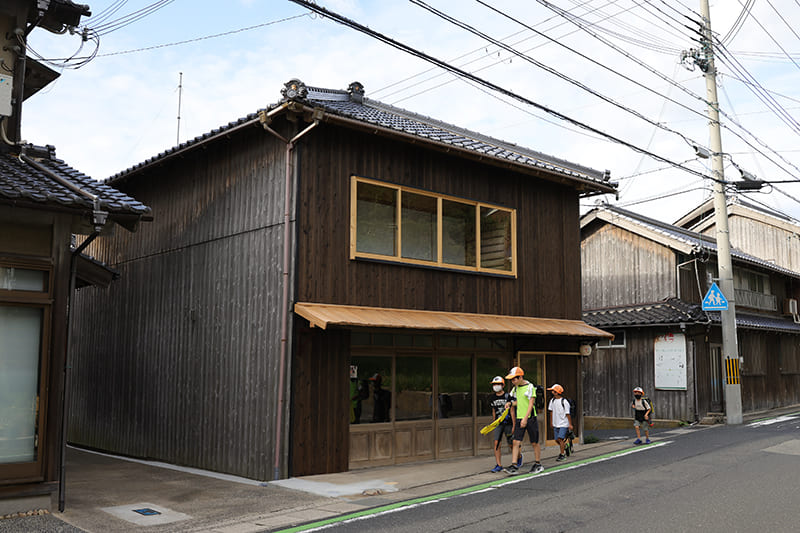
PHOTO: NOBORU MORIKAWA
“Starting from the keyword of ‘food,’ ‘Fields of Tomorrow’ aims at creating a place for the act of cooking, cooking utensils, housing and exchange. Its activities include events and tours that combine ‘art’ with ‘dining together’ in Taiza. The Tango Peninsula, where Taiza is located, is rich in traditional fermented fish foods like heshiko (mackerel marinated in rice bran), seaweed, Taiza crabs and other seafood, and it is attracting attention for its association with good health and longevity. Regular and also ancient rice varieties, organic vegetables and dairy farming thrive in the area,” she said.
“While savoring everything it has to offer now, we are also working with artists, architects, chefs and craftsmen to ensure that the area’s food, lifestyle and beautiful scenery grounded in its natural environment are preserved for the next generation.”
Tokuda says she has come to recognize food as the most important element in her curation.
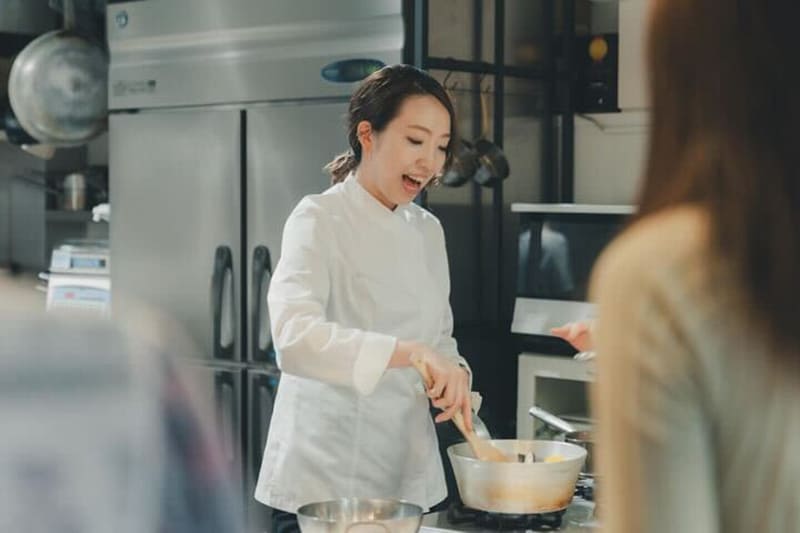
COURTESY: SACHI SAKABE
“Japan’s food self-sufficiency rate is currently 38% on a calorie basis. We are in a situation where we cannot survive without imports, and when I wondered what we would do if something happened and we couldn’t obtain enough food, I thought that seaweed would have potential as a good source of protein. We focused our attention on the seaweed that can be found in Taiza, which is located on the sea. South Korea and Japan are probably the only countries where seaweed is eaten daily. Especially in Korea, there are more than 10 kinds of wakame soup, and it is popular as a nutritional food — something that mothers eat every day immediately after childbirth to recover their strength. Not many countries use seaweed as an ingredient, but it is nutritious and healthy. We wanted to make something of it.”
The first step for this new project is an event scheduled for the end of September in Kyoto. A chef will prepare a special meal using wakame harvested at Taiza for all the participants to enjoy. Perhaps the “fields of tomorrow” are not just on land, but in the ocean too.
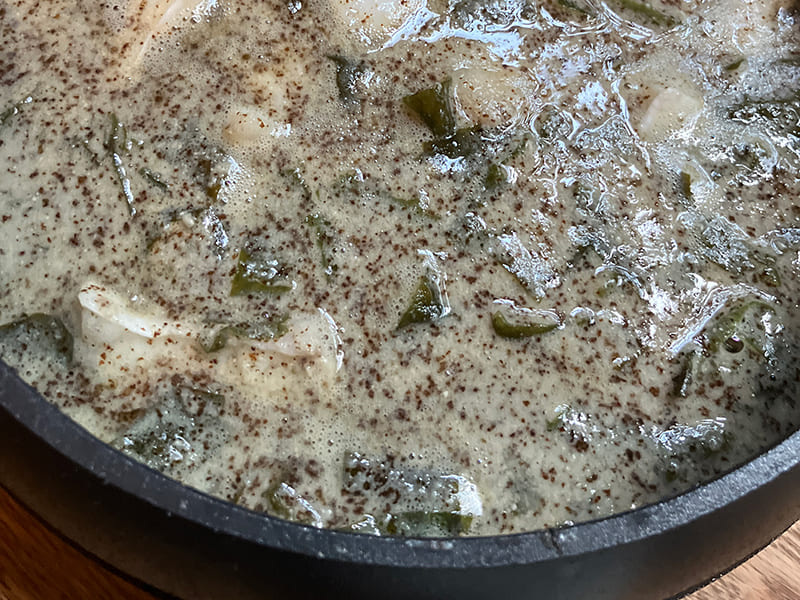
COURTESY: TOMORROW
KAYO TOKUDA
Born in Okayama in 1971, Tokuda was involved in art curation with Benesse Holdings and the Fukutake Foundation from 2001 to 2010. In 2016, she established the nonprofit organization Tomorrow. She currently serves as its president. https://tomorrow-jp.org/
“海の畑”に着目する取り組み。
美術、工芸、建築を軸に文化活動を展開するNPO法人〈TOMORROW〉をご存じだろうか? 代表の徳田佳世は瀬戸内海の直島で長年アートキュレーションの仕事をしてきたが2016年に団体を設立。2020年には京都市内に続き、京丹後市の間人(たいざ)にも拠点を設け活動の幅を広げた。間人は京都中心部から電車で2時間以上かかる、京都府内の日本海に面した小さな港町。徳田がここ間人で行うのが「あしたの畑」プロジェクト。芸術を通して希望に満ちた社会を築くために今どう行動すべきか? を考えた際、生きるために大切な「食べる」こと×芸術との融合を図る取り組みを行うことにした。
「間人がある丹後半島は「へしこ」など魚を発酵させた伝統的な食品や、海藻、間人カニなど魚介類が豊富で、健康長寿との関わりが注目されている地域です。また、米、古代米、有機野菜の栽培や酪農も盛んに行われています。この地域の風土に根差した食べ物や暮らし方、美しい風景を、次世代へ継承したいと思い、芸術家や建築家、料理人、職人たちと話し合い活動しています」。
Return to Sustainable Japan Magazine Vol. 39 article list page


